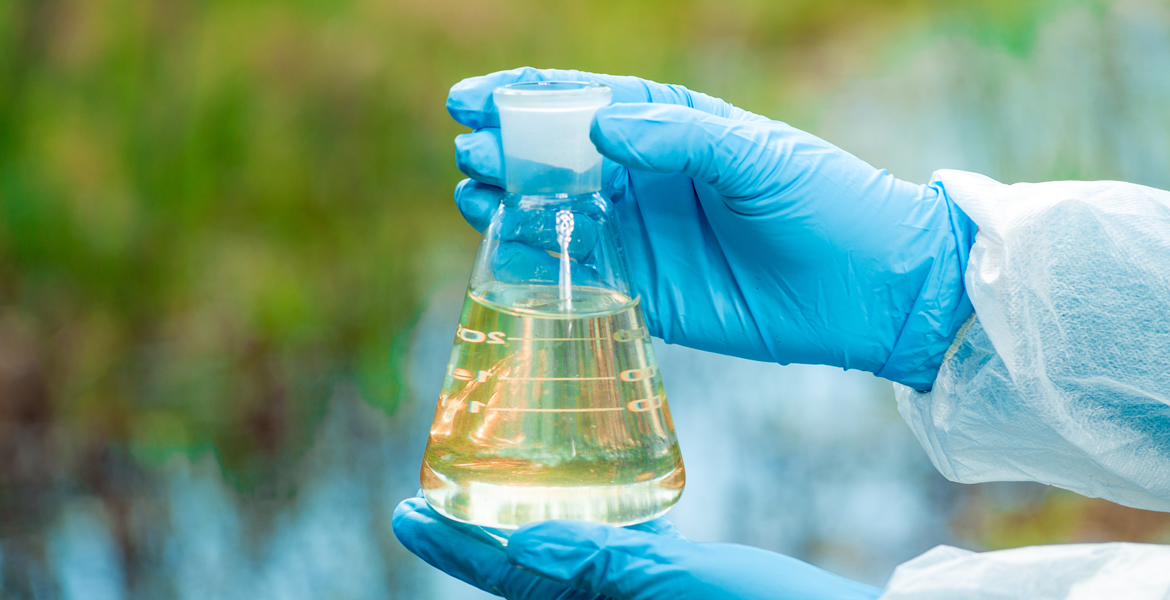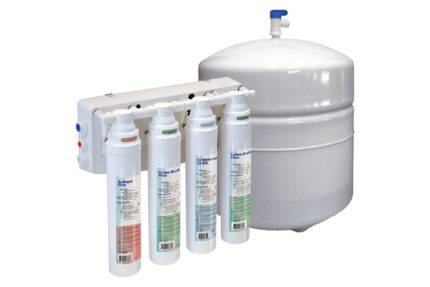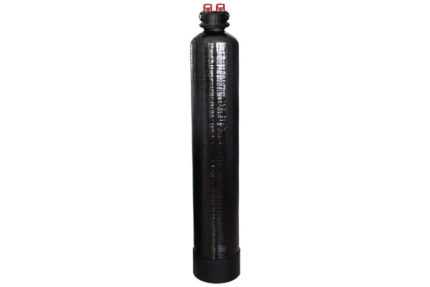Lead
Even in the wake of the Flint water crisis, which exposed around 10,000 residents in Michigan to lead-contaminated drinking water, an estimated tens of millions of Americans are still exposed to unsafe drinking water each year.
Exposure to toxins such as radium or arsenic can lead to cancer, while exposure to lead can produce permanent brain damage in children. Lead service lines were banned from new plumbing systems in the US in 1986, but plenty of the nation’s old pipes still remain. Today, nearly a third of US water systems are known to contain lead service lines. When the pipes corrode, they can release toxic lead into local drinking water, posing a danger to residents’ health.
Children exposed to lead can suffer permanent brain damage, which often results in learning disabilities and increased violent behavior. In adults, chronic exposure to low levels of lead can cause nausea, seizures, and reproductive issues.
Arsenic
Arsenic is a common contaminant since it’s found naturally in the earth’s crust. Reuters reports that southwestern cities like Los Angeles, Albuquerque, Scottsdale, and Tucson get their drinking water from sources containing arsenic levels that exceed what’s allowed by the EPA.
Exposure to arsenic can increase one’s risk of cancer, heart disease, and diabetes. Like lead, the chemical has also been linked to brain development issues in children.
Fluoride (Naturally Occurring)
The US Department of Health has lowered the recommended amount of fluoride in public drinking water systems, but the mineral is still consumed by around 66% of the US population.
In 2012, researchers from Harvard University conducted a meta-analysis of 27 studies, published over the span of 22 years, related to fluoride exposure and brain development. Their analysis determined that children in areas with high levels of fluoride in their drinking water had significantly lower IQ scores than children in areas with low levels of fluoride.
Fluoride has also been linked with thyroid disease. As the build up of Fluoride may take years, it is not uncommon for many adults to development thyroid issues in their 30’s, 40’s, 50’s and 60’s.
Radioactive substances
Radioactive substances can leech into groundwater, which has become a huge problem in Texas. Radioactive substances don’t just come from nuclear power plants. Some of these materials, such as radium, uranium, thorium, and radon, are found in nature. Practices such as coal mining, construction, and oil and gas production can aggravate these naturally-occurring isotopes, causing them to seep into groundwater.
This is especially the case in Texas, where high amounts of radium have contributed to the most widespread water violations in the US. Exposure to radium is linked to bone cancer, while other radioactive materials can produce cancers of the lungs, skin, liver, kidneys, stomach, and thyroid.
Copper
As pipes and faucets age, they can release copper into drinking water, generating enough exposure to threaten our health. One tell-tale sign of elevated levels of copper are pipes that have turned a blue-green color.
Though copper isn’t bad for you in small doses, high levels of exposure can produce health problems such as anemia and liver and kidney damage.
Well and Rain water are often Acidic on the pH scale – corrosive. When in contact with Copper, this is a main contributor to coppers release into our drinking water.
Chlorine
Chlorine in drinking water may not sound terrifying, but it can expose people to a parasite that causes diarrhea, cramps, and nausea.
Chlorine is deliberately added to the US water supply to kill germs and pathogens, but when it mixes with other organic compounds it can create a few harmful byproducts.
One of these byproducts, a group of chemicals known as trihalomethanes (THMs), has been linked to kidney problems and increased cancer risk. Another, known as haloacetic acids (HAAs), causes skin irritation and could also increase cancer risk.
Perchlorate
California and Massachusetts have enforced strict limits on perchlorate — a chemical used to make rocket fuel, missiles, and fireworks — in drinking water. But that doesn’t stop residents of other states from being exposed.
The EPA has identified 45 states that have perchlorate in drinking water, which puts an estimated 16 million Americans at risk of consuming the chemical. The chemical poses the greatest danger to children and pregnant women, since it’s been linked to brain development issues.
Nitrate
Nitrate, like arsenic, is a groundwater contaminant. The chemical usually makes its way into our water supply through fertilizers or septic systems.
Though it’s typically not a problem for adults, water contaminated with nitrate can be dangerous for infants, who consume more water relative to their body weight.
Even short-term exposure to the chemical can lead reduce the amount of oxygen in an infant’s blood, leading to methemoglobinemia, or “blue baby disease.” The disease’s symptoms include digestive and respiratory problems, brain damage, and even death.
Manganese
Like arsenic, manganese is found naturally in the earth’s crust. While the mineral is more commonly consumed through food, the nonprofit Environmental Working Group (EWG) has determined that around 9 million Americans drink water from public systems with more 300 parts per billion of manganese (the unofficial recommendation set by the EPA).
Though scientists are still working to determine whether manganese has any adverse health effects on the brain and nervous system, for now the mineral poses the greatest risk to children when consumed in excess. Studies have suggested that early life exposure to manganese can lead to behavior issues and intellectual impairment.
Mercury
Mercury can seep into well water through multiple sources, including industrial waste sites and discarded household products such as paint. Short-term exposure to high doses of the chemical can damage the nervous system and kidneys, and impede the development of unborn children.
But there’s a bit of good news: The EPA has been regulating mercury in drinking water for nearly three decades, so there’s only a slim chance you’ll actually be exposed.
When it comes to regulating tap water across the nation, however, the organization has said they “may not know” whether your water is safe to drink.
Some people are under the impression that they can remove toxins from water by boiling it. Boiling water kills harmful organisms but does nothing to remove toxic chemicals, compounds, salts, and metals.
Chromium
Chromium is an odorless and tasteless metallic element. Chromium is found naturally in rocks, plants, soil and volcanic dust, and animals.
The most common forms of chromium that occur in natural waters in the environment are:
- Trivalent chromium (chromium-3)
- Hexavalent chromium (chromium-6)
Chronic inhalation of chromium-6 has been shown to increase the risk of lung cancer and may also damage the kidneys and intestines. Other adverse health effects associated with chromium-6 exposure, according to the National Institute for Occupational Safety and Health (NIOSH), include skin irritation or ulceration, allergic contact dermatitis, occupational asthma, nasal irritation and ulceration, perforated nasal septa, rhinitis, nosebleed, respiratory irritation, nasal cancer, sinus cancer, eye irritation and damage, perforated eardrums, kidney damage, liver damage, pulmonary congestion and edema, epigastric pain, and erosion and discoloration of one’s teeth.
Think Erin Brockavich!
Nobody wants to add more chemicals in their water – the purpose of filters to is to remove.
Pure, Clear, Odor Free Water!







